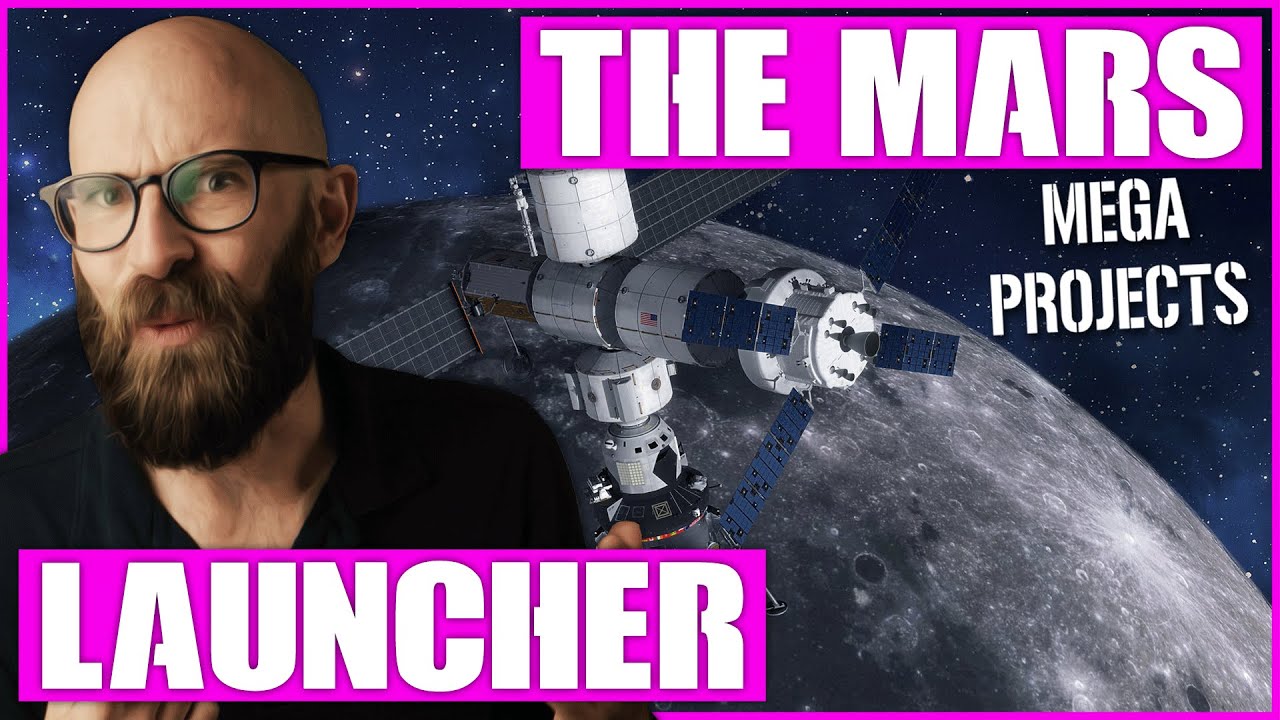The NASA Lunar Gateway, given the mellifluous acronym “LOP-G”, has been widely denounced and mocked among the space advocacy community as a means of shoveling billions of taxpayer (or borrowed/printed) dollars to traditional contractors and NASA centres without, you know, actually going to the Moon. Mars Society founder Robert Zubrin famously dubbed it the “Lunar Tollbooth”. NASA as much as admitted the Gateway was unnecessary when it announced that initial Artemis landing on the Moon would not use it.
Here is a sympathetic view of the Gateway, presenting the NASA party line as to why it is essential to a sustained presence on the Moon and point of departure for missions to Mars.
Boondoggle or beachhead on the road to the stars—what do you think?
I am currently working on Lunar Gateway. I was recruited for my current position and left a job that paid more than my current one to go there. I would not have done that if I thought it were a boondoggle.
It is a pretty cool piece of space technology. It exercises some interesting orbital mechanics. It also does something I have been advocating since the 1980s. It provides infrastructure to support space travel. The Lunar lander will be parked there when it is not being used and Lunar Gateway is (AFAIK) the fire space system designed to be refueled and serve as a fueling station.
Is it a boondoggle? Dunno. It isn’t “necessary” so if you require necessary, yeah, its a boondoggle. If you define sending a man back to the Moon and building up an infrastructure to stay there as a boondoggle, Lunar Gateway is a boondoggle. But it is developing a lot of new capability. And that will eventually be used by those going into space for profit.
2 Likes
Here is Robert Zubrin’s argument against the Lunar Gateway, with a comparison to his own Moon Direct proposal, from an April 2019 Op-ed in SpaceNews, “Lunar Gateway or Moon Direct?”. Some extracts:
The Gateway project may be compared to a deal in which you are offered a chance to rent an office in Thule, Greenland, on the following terms: 1. You pay to construct the building. 2. You accept a 30-year lease with high monthly rents and no exit clause. 3. You agree to spend one month per year there for the next 30 years. 4. You agree to fly through Thule whenever you travel anywhere from now on.
⋮
In short, in return for delaying our arrival on the moon by eight years and spending $30 billion to build the Gateway, NASA will enable a lunar base program costing $2.5 billion per flight instead of $65 million per flight, and will be less safe and far less useful than would readily be possible if we had no Gateway at all!
⋮
NASA’s astronomy and robotic planetary exploration programs have achieved epic accomplishments because they are purpose-driven. In contrast, since the end of Apollo, NASA’s human spaceflight program has been purpose-free, or to put the matter less charitably, vendor-driven. As a result, its accomplishments have been negligible.
The science programs spend money to do things. The human spaceflight program does things to spend money.
1 Like
Well, if Zubrin doesn’t like it, I probably made the right decision to work on it. Count me as one seriously unimpressed with Zubrin since reviewing a book of his 10 years or so back.
1 Like
